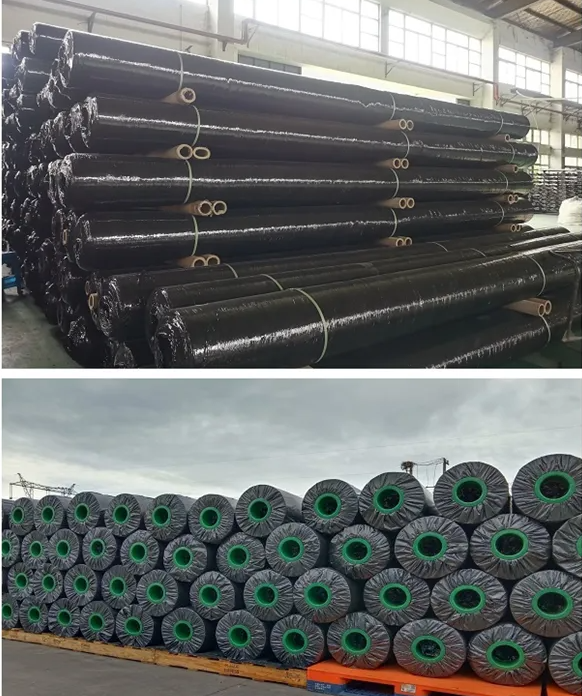Non-woven geotextiles, versatile and innovative materials, have found a multitude of applications across various industries. These engineered fabrics offer valuable solutions for enhancing infrastructure, erosion control, and environmental sustainability. In this article, we will explore the wide range of applications where non-woven geotextiles play a pivotal role in modern construction and development.

Non-woven geotextiles have revolutionized construction and resource management by offering a versatile and effective solution for a wide array of challenges. From preventing soil erosion to enhancing drainage systems, these fabrics have become indispensable in modern development projects.
Non-woven geotextiles are engineered fabrics composed of synthetic fibers that are mechanically bonded through a process of needle-punching or heat treatment. This unique structure gives them exceptional filtration, separation, and reinforcement properties.
Erosion Control and Soil Stabilization
Non-woven geotextiles play a crucial role in preventing soil erosion and stabilizing slopes. When placed on the soil surface or buried within the soil, these fabrics effectively control sediment movement, promote vegetation growth, and enhance overall soil stability.
Road and Pavement Construction
In road and pavement construction, non-woven geotextiles are used as separation layers between subgrade soil and aggregates. They prevent intermixing of materials, reduce road rutting, and extend the lifespan of the pavement by distributing loads more evenly.
Non Woven Geotextile for Airport Runway Construction
Woven Geotextile for Road Construction
Landfill and Waste Management
Non-woven geotextiles are employed in landfill liners and caps to provide a barrier that prevents leachate migration and soil contamination. These fabrics offer excellent filtration and drainage properties, ensuring proper waste containment and environmental protection.
Water Infrastructure Projects
In water infrastructure projects, such as dams and reservoirs, non-woven geotextiles are used for filtration, drainage, and protection against soil erosion. They enhance the performance of embankments, levees, and containment structures.
Agriculture and Horticulture
Non-woven geotextiles find applications in agriculture and horticulture as ground covers, weed barriers, and frost protection blankets. These fabrics help regulate soil temperature, conserve moisture, and promote healthy plant growth.
Coastal and Riverbank Protection
Non-woven geotextiles serve as erosion control measures along coastlines and riverbanks. They stabilize soil, prevent erosion, and create a stable base for vegetation to flourish, thereby safeguarding critical ecosystems.
Non-Woven Needle Punched Geotextile in Ground Reservoir
Environmental Sustainability
One of the most significant benefits of non-woven geotextiles is their contribution to environmental sustainability. By preventing soil erosion, improving drainage, and supporting vegetation growth, these fabrics promote long-term ecological balance and reduce the need for resource-intensive interventions.
Conclusion
The applications of non-woven geotextiles span a wide spectrum of industries, from construction to environmental protection. Their versatility, durability, and effectiveness make them indispensable tools for enhancing infrastructure, promoting sustainability, and ensuring the resilience of various development projects.



Comments
Please Join Us to post.
0